Many take for granted as the name tweed came from the tweed river of Scotland. It’s not 100% right though tweed fabric comes from the valley of the tweed river. It is a specialized wool fabric that is heavier and comes in different colors. The patterns of the weave tell you which part of the world the specific piece of fabric comes from. In this article, we will get you through what is tweed fabric. manufacturing process, types, characteristics of tweed and applications of tweed fabric.
Table of Contents
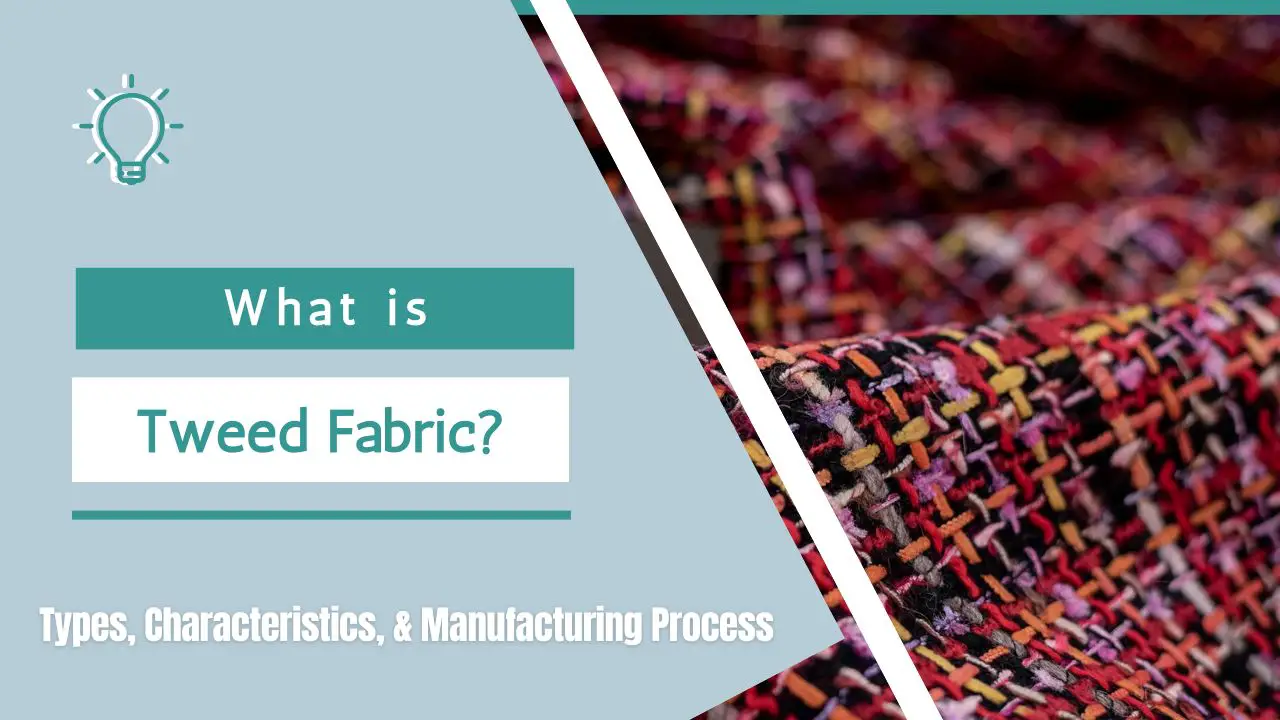
What is Tweed Fabric?
Tweed is a woven fabric made of natural wool. It comes in twill, plain weave, or herringbone patterns. Specified breeds of sheep are the source of this particular kind of wool. The exciting fact is each product looks noticeably different from the others. Here the build of tweed fabric can be controlled only if the raw materials come from specific breeds. However, it is a much loved and desired outerwear fabric in winter as it is coarser and more reliable for rough weather.
What is Tweed Fabric Made of?
Tweed fabric is comparatively old yet the raw materials didn’t change. This fabric was first produced in the mid of the nineteenth century in Scotland. Scottish workers and farmers wore a special kind of wool-made fabrics to keep them warm. The raw materials were collected from the sheep. They weaved these fashionable fabrics by themselves. No wonder it caught the eye of English Nobel men. So they started to take more shipments of tweed fabrics. By that time the Industrial Revolution was taking place and it became easy to manufacture wool.
Tweed manufacturing increased rapidly in the 1900s. Nowadays It arrives in different loads, weaves, and colors. This implies no ‘commonplace’ tweed: the material reaches from plain and lightweight to bright and weighty. For its softness and flexibility, it became popular among the shooter and hunters. No surprise it has retained its quality, popularity, and adaptability.
Manufacturing Process
Tweed fabrics are generally woven from virgin wool. The professional manufacturing process of tweed contains 5 steps.
- Raw material collecting and cleaning
- Spinning
- Dyeing
- Blending and carding
- Weaving
Here is the detailed manufacturing process of Tweed fabric.
Step 1- Raw material collecting and cleaning
The first step of making any kind of wool-made fabric is to harvest the raw material. For tweed fabric, raw material is collected from sheep. After collecting them, it is necessary to clean them properly for better dyeing results.
Step 2-Spinning
After cleaning the wool it is time to spin them to make long strands. These long strands will be further spun to produce high-quality yarns.
Step 3-Dyeing
The wool yarns now need dyeing to have the perfect color in the fabric. Tweed Wool goes in the dyeing drum in a batch. For ecological balance, most manufacturers haven’t used natural dyes recently.
Step 4-Blending and carding
To obtain the perfect shade and pattern blending and carding are done. It ensures the fabric thickness by producing coarser wool yarns spun together. This process helps to get embryonic and delicate strings.
Step 5- Weaving
Tweed fabric is woven in a treadle loom. After the warp and weft yarns are conjugated the weaver sets to work, and the hand binds the new threads to the last parts of the past wind, to make it simpler to string onto the loom. Winding around the material can now start under the cautious perception of the weaver.
Types of Tweed Fabric
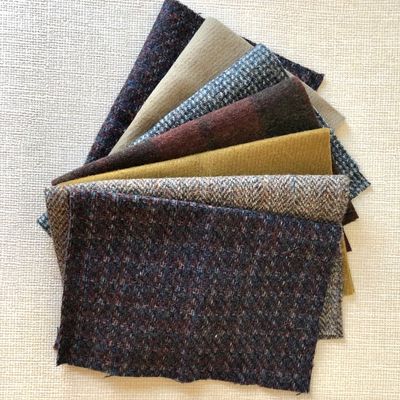
Tweed classification is based on their pattern; you can find a few of them. Here we will discuss different types of tweed to give you a clear idea about recognizing each pattern.
Twill tweed:
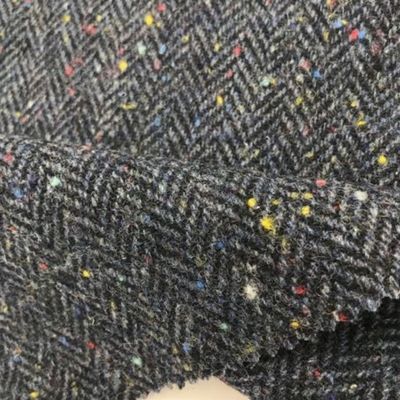
It is the simplest version of tweed you can find around you. It has a basic inclining twill design that is frequently very unpretentious, and typically a robust variety. This makes it a flexible material.
Checked tweed:
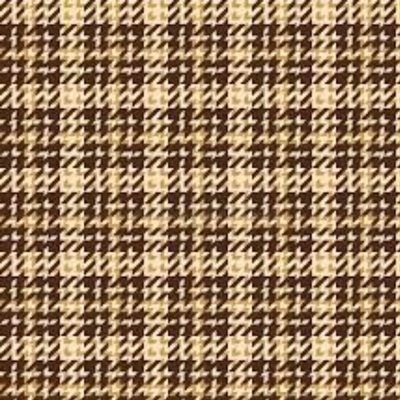
As the name indicates, checked tweed has vertical and horizontal strips and they form tiny checks in the fabric.
Overcheck tweed:
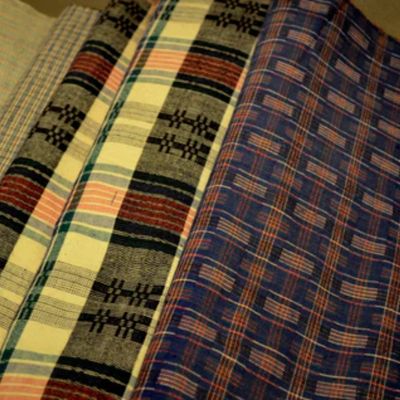
Overcheck tweed is a plain twill similar to checked tweed only difference is that overcheck tweed is bigger and mostly surrounds checked tweeds.
Herringbone tweed:
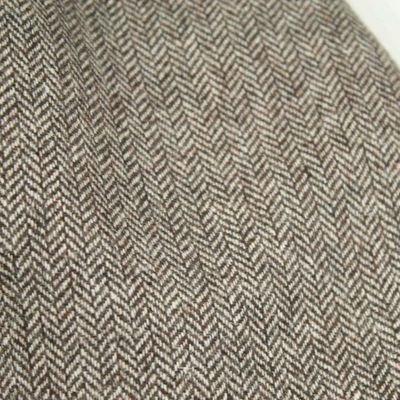
Parallel columns that change direction after a few weaves are known as Herringbone tweed. You can identify V-shaped patterns on the fabric surface. It seems like fishbones to many individuals. Herringbone is a very popular breed among hunters.
Plaid tweeds:
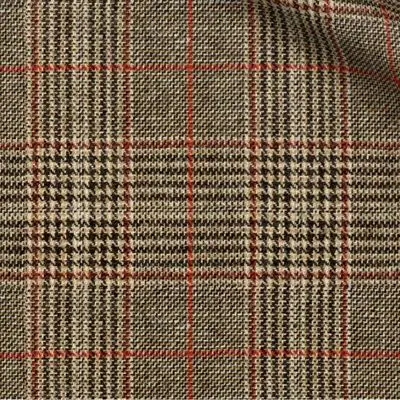
If you see bold stripes in irregular intervals and multiple colors in the stripes of tweed you will know it is plaid tweed.
Saxony tweed:
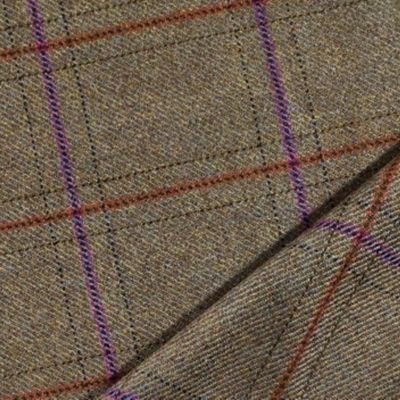
You can find Saxony on the map of Germany. They’re a special breed of sheep is found called Merino. So the tweeds from this particular area are recognized as Saxony tweeds. They are very smooth and give a soft feeling.
Harris tweed:
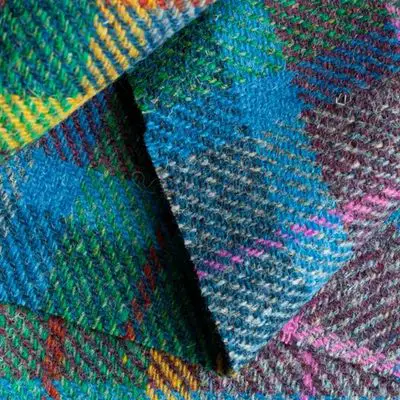
A tweed can only be called Harris tweed if it is handwoven by the islanders at their homes in the External Hebrides, completed in the External Hebrides, and produced using unadulterated virgin fleece colored and turned in the External Hebrides according to the act of Harris tweed 1993.
Donegal tweed:

This tweed originated in Donegal, Ireland. It is the most popular type of tweed on the planet. Its multicolor yarns give the rainbow vibe and create a fluffy feeling. Maybe that’s why they have become so popular with consumers.
Shetland tweed:
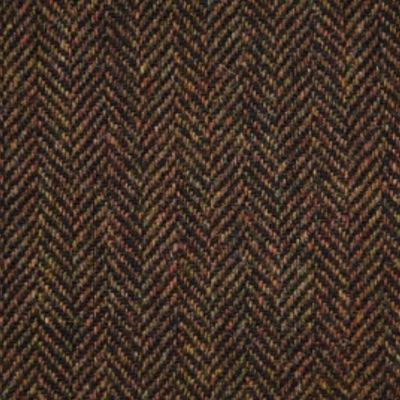
This type of tweed are lighter in weight than others. A particular sheep breed can be found on the northeastern coast of Scotland. Shetland tweed is made from this particular wool and is better for casual wear.
Properties of Tweed Fabric
| Fabric Name | Tweed Fabric |
| Manufacturing Materials | Natural Wool From Sheep |
| First Produced In | Scotland |
| Fabric Durability | High |
| Fabric Moisture Regain | Medium |
| Fabric Breathability | Low |
| Fabric Stretchability | Low |
| Fabric Drape Ability | High |
| Fabric Luster | Low |
| Heat Retention Abilities | High |
| Prone To Bubbling | High |
| Commonly Used in | Jacket, Coat, Pant, and Hat |
Tweed Fabric Characteristics
- Heavy Weight: Tweed is mainly for winter wear that requires coarser fabric. It leads the tweed to be heavy.
- Soft and Warm: Wool is generally warmer than cotton. Tweed is made from virgin wool which makes it softer and warmer in nature.
- Heat and Stretchability: Tweed can survive high heat but elasticity properties are not so good. So dry cleaning them is always preferable.
- Cost management: If you want tweed at an affordable price you can go for blended tweeds. But for natural and virgin wool-made tweed you have to count a heavy amount.
Application
- Military Uniform: Tweed is used historically for making military uniforms.
- Jacket and blazers: Stylish jackets and blazers are frequently made of tweed fabrics.
- Pants and coats: Both men and women wear tweed-made coats and pants.
- Caps and hats: Tweets are also famous for accessories like flat caps, Newspaper boy caps.
Conclusion
From the fashion industry to regular life tweed has been used for centuries and each day it’s growing more popular for its qualities. But the price can rise as the raw material comes from the specified sheep breeds. That also makes it nature friendly and harmless. So the desire of decorating yourself with tweed products will work well for you. You can try something out and enjoy it!
